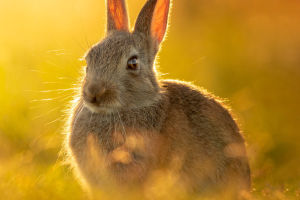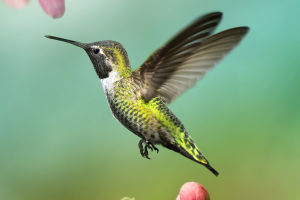A cat is a small mammal and one of the most popular domesticated pets.
It is widely regarded as a companion animal and belongs to the family Felidae in the order Carnivora.
Cats have a fascinating history, originating in ancient Egypt and believed to be one of the first animals to be domesticated by humans. Initially, cats were primarily used for pest control, such as catching rodents, and over time they became beloved companions and pets.
Cats exhibit a wide range of appearances, including variations in size, coat color, and hair length. They have soft and flexible bodies, along with sharp claws and teeth. The average weight of a cat ranges from 2 to 7 kilograms, and its height at the shoulder is approximately 20 centimeters.
The vast array of cat breeds is evident in their varied fur lengths, which can be categorized as short-haired, long-haired, or semi-long-haired. These feline companions also showcase a palette of coat colors, ranging from pure whites and blacks to grays, yellows, browns, and a mix of intricate patterns.
Renowned for their independence and keen alertness, cats are agile marvels of the animal kingdom. Their innate prowess as climbers and jumpers sets them apart. Equally significant is their strong territorial instinct, prompting them to carve out their niches and spaces.
Moreover, cats take personal hygiene very seriously. Their meticulous grooming habits are a testament to this, as they allocate ample time to licking and cleaning their fur to perfection.
Being obligate carnivores, their dietary needs lean heavily towards meat. Essential to their health is a high protein intake. Although many owners opt for commercial cat food, introducing fresh meat sporadically can be beneficial, provided it's given in moderation.
The lifespan of a cat typically ranges from 12 to 15 years, but some cats can live up to 20 years or even longer. Factors such as genetics, environment, and overall health influence their longevity.
Cats can develop close bonds with humans and are cherished companions. They express affection and dependency towards their human caregivers. Cats can also form amicable relationships with other cats or other pets, although they may exhibit territorial behavior at times.
To ensure their well-being, cats require regular veterinary check-ups and vaccinations. Grooming, including nail trimming and oral hygiene, is essential for their maintenance. A balanced diet, exercise, and environmental enrichment are crucial for their overall health and happiness.
In summary, cats are gentle, affectionate, and entertaining pets. They forge deep emotional connections with their human companions, bringing joy and companionship to households.
Regarding the peculiar behavior of cats when drinking water, there are scientific explanations to clarify this:
1. Drinking technique: Cats possess numerous small spines on their tongues called papillae. When cats lap up water, they quickly plunge their tongues into the liquid and promptly retract them. This rapid action generates a suction effect, allowing water to enter their mouths more efficiently.
2. Minimizing splashing: The swift lapping motion employed by cats minimizes water splashing. This behavior is particularly valuable in the wild, where cats need to remain inconspicuous during hunting.
3. Preventing wet fur: Cats' method of lapping water helps prevent droplets from accumulating on their chins and chests, thus keeping their fur dry. Damp fur can cause discomfort and chilliness for cats.
4. Enhanced water intake: The specific way cats drink water enables them to consume it more effectively. In their ancestral environment, cats obtained the majority of their water from prey rather than direct drinking. Therefore, this lapping behavior aids in satisfying their hydration needs.
Overall, cats' distinctive way of drinking water has evolved to suit their instincts. It allows them to efficiently absorb water and maintain dry fur, ensuring their comfort and survival.


